What is DDHI?
The Data-Driven Hyperlocal Intervention (DDHI) framework is a structured, district-specific road safety initiative developed by the Centre of Excellence for Road Safety (CoERS) at IIT Madras under the aegis of the Ministry of Road Transport and Highways (MoRTH), Government of India.
Hyperlocal interventions are crucial for enhancing road safety outcomes on the ground. While crash data provides patterns, effective action requires an understanding of the district-level context, where risk factors, road behaviour, and system readiness differ.
The DDHI framework and tools assist the District Road Safety Committee (DRSC) of 100 high crash burdened districts to identify human-factor road safety issues, assess opportunities for hyperlocal improvements, plan low-cost high-impact interventions, track implementation, and evaluate impact.
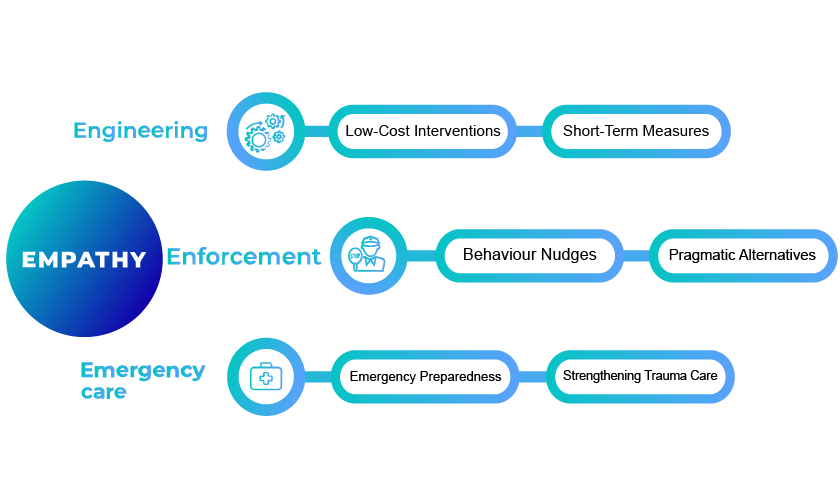
How DDHI Supports Districts
Identify High-Risk Zones
Visualize crash hotspots using Sanjaya’s real-time heatmaps and accident data dashboards.
Understand Ground-Level Realities
Capture local insights from police, first responders, and communities via the Field Perception Survey (FPS).
Strengthen Emergency Response Systems
Assess trauma care preparedness of hospitals using the Trauma Care Preparedness Level (TPL) tool.
Implement Tailored Road Safety Solutions
Get suitable intervention suggestions for problems through the Road Safety Interventions Lookup Tool (RSILT).
DDHI PROGRAM
Empowering Road Safety with Data-Driven, Localized Interventions
100+
High-Risk Districts Participating
18
States Engaged Nationwide
Core Highlights of DDHI
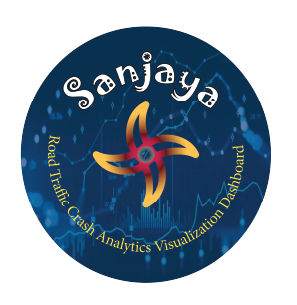
🔹 Visualize high-risk zones using blackspot analysis and heatmaps.
🔹 Infographics and charts to understand crash patterns.
🔹 Integrate field survey data with crash records.
🔹 Monitor trauma preparedness levels.

🔹 Capture perceived hotspots from communities.
🔹 Combine scientific + local insights for better planning.
🔹 Highlights driver behavior, road conditions, risks.
🔹 Helps implement high-impact, low-cost interventions.
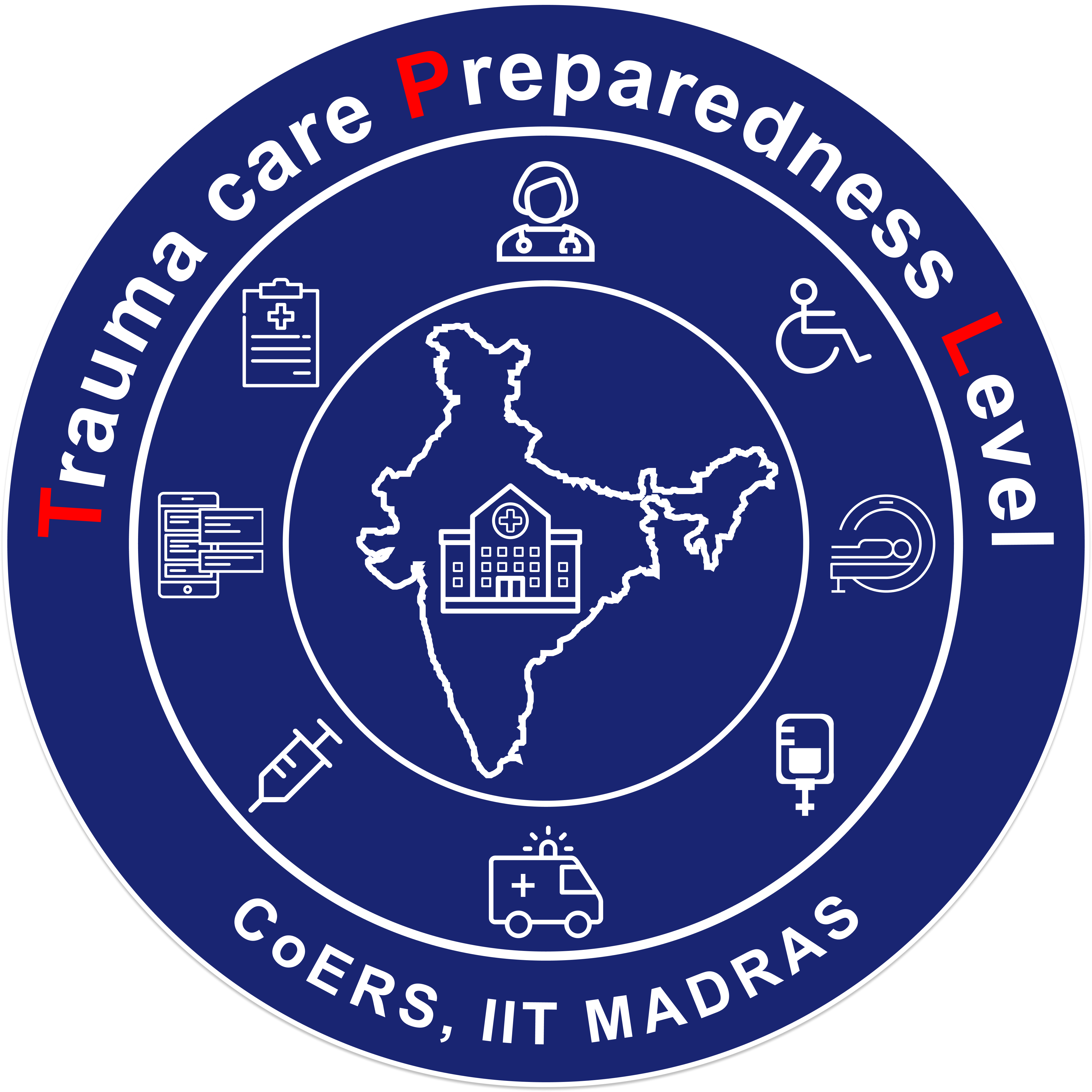
🔹 Assess hospital infrastructure, ambulance & trauma facilities.
🔹 Identify gaps and upgradation needs.
🔹 Empower districts to plan systematic improvements.
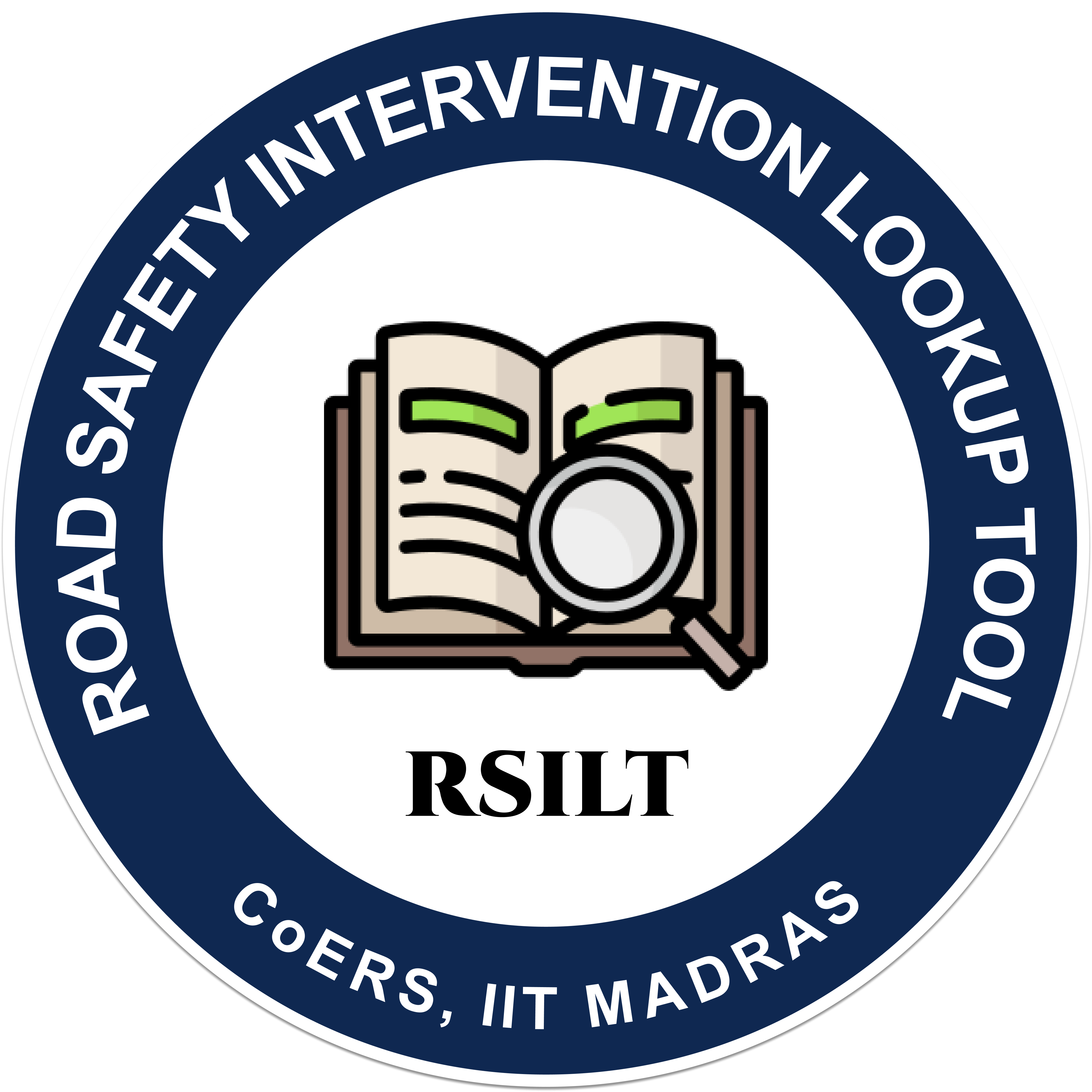
🔹 Enables evidence-based planning for specific issues.
🔹 Based on IRC guidelines and best practices.
🔹 Supports engineers & planners in rapid decision-making.
Driving Change with Data-Driven Hyperlocal Interventions
From concept to impact, IIT Madras RBG Labs transforms raw data into sustainable, real-world solutions.
Ideation Cycle
From conceptual ideas, factual/perceived data, and derisking strategies, we design actionable pathways.
Implementation Cycle
Through pilot testing, review, and cluster-based learning, we scale solutions effectively.
Impact Assessment
Every intervention is evaluated, refined, and optimized for long-term value.
✨ Together, we are shaping a smarter, safer, and more sustainable future.
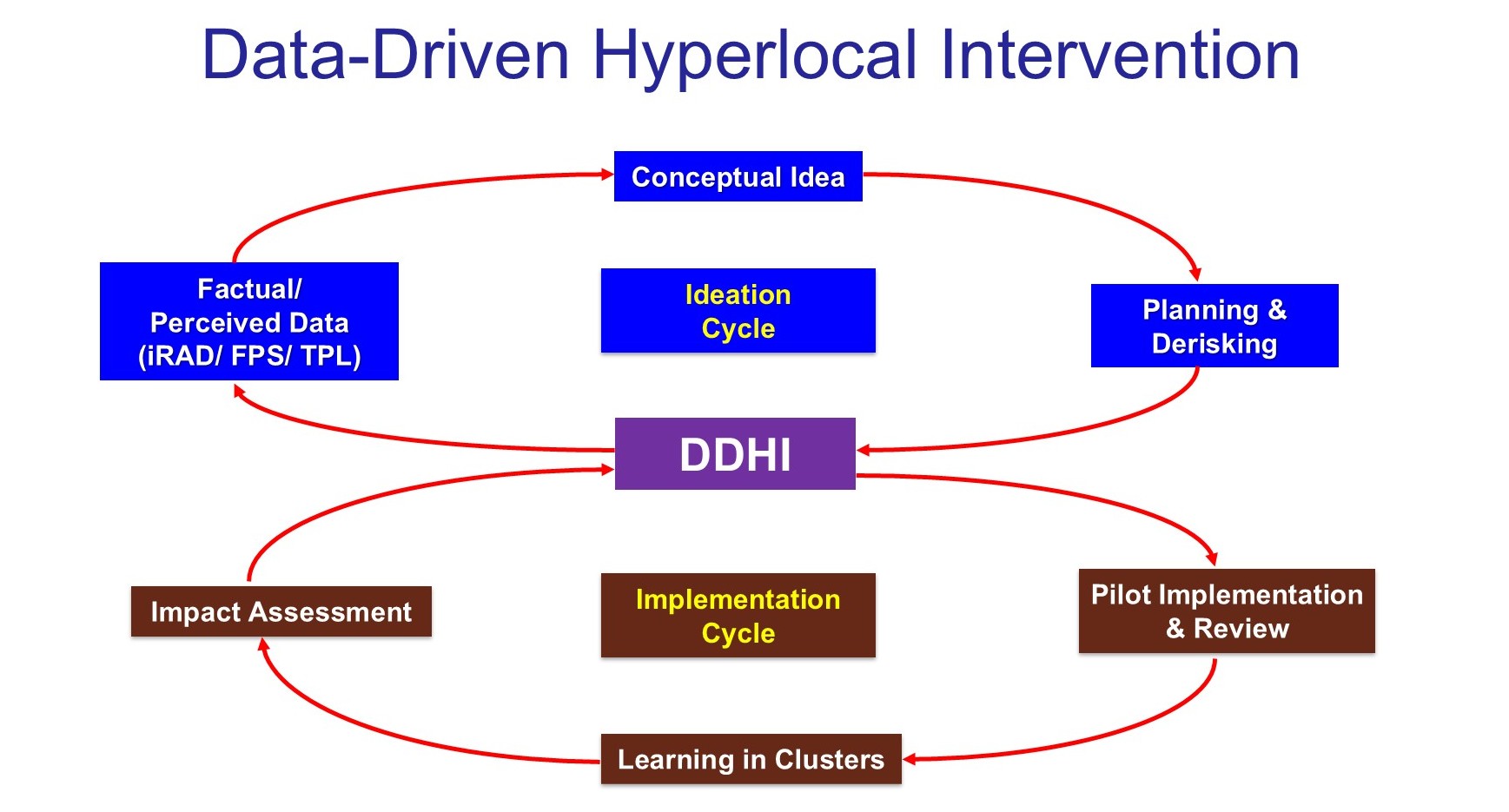
Stakeholder Alignment Meeting & Capacity Building
DDHI Program Launch & Alignment
Operationalizing the DDHI framework across 100 high-crash districts, enabling evidence-based interventions and capacity building for states and local governments.
District Alignment Meeting
District-level officials and agencies trained on hyperlocal crash data, aligning multiple stakeholders for seamless on-ground interventions and monitoring.
Project Map
Our approach to project implementation is structured around a strategic framework designed to ensure clarity, alignment, and effective execution. This framework serves as a comprehensive guide, detailing each phase of the project lifecycle, from initiation to assessmen
Alignment Meeting
Objectives and implementation plan
Capacity Building
Deskilling of processes and upskilling of people
Interventions Planning
District Taskforce to plan for hyperlocal interventions
Implementation
Tracking and implementation of interventions
Learning in Clusters
Horizontal learning of challenges and best practices
Impact Assessment
Perception and crash data for effectiveness
